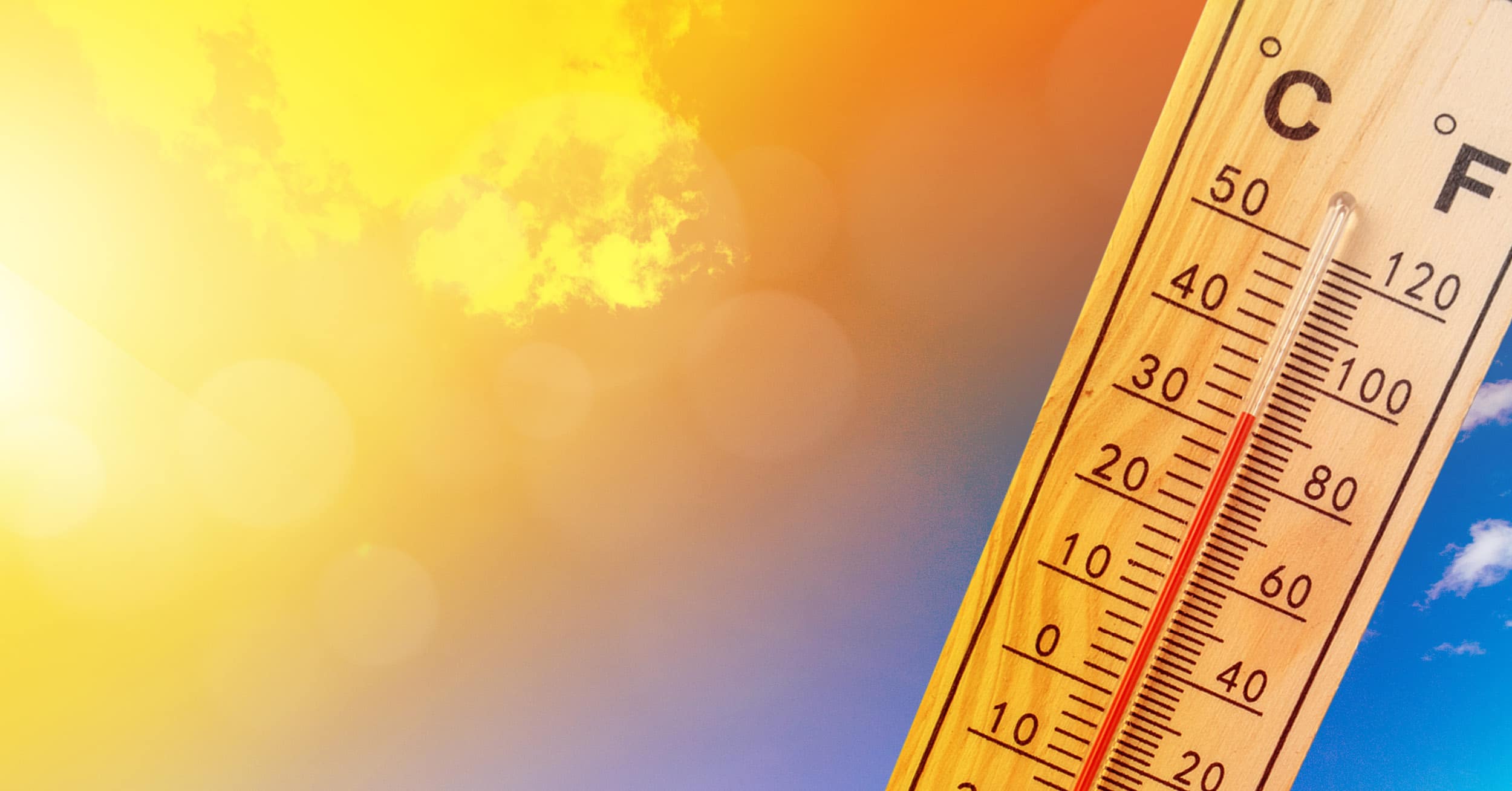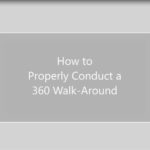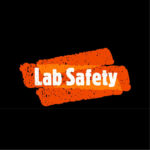
Feeling Hot, Hot, Hot! Heat Safety Tips
In our North American operations, summer weather is in full force, so let’s take a moment to refresh on heat stress, heat-related illness, and heat stress prevention.
Heat Stress: What You Need to Know
Heat stress occurs when the body cannot get rid of excess heat and the body’s core temperature and heart rate rises as a result.
The following are some factors that contribute to heat stress: sun exposure, ambient temperature and humidity, heat sources in the work environment, metabolic heat associated with strenuous work, and PPE – which may limit the body’s ability to cool by evaporation of sweat.
Heat stress can be exacerbated by one’s age, physical fitness, medical conditions, and medications being taken. If heat stress is not prevented it can lead to heat-related illnesses.
- Heat cramps are the mildest form of heat-related illness and consist of painful muscle cramps and spasms that occur during or after intense exercise and sweating in hot weather. First aid includes rest and cool-down, drinking water and electrolyte replenishment, practicing gentle range of motion stretching to the cramped area, and placing a call to your supervisor and WorkCare.
- Heat exhaustion is more severe than heat cramps and results from a loss of water and salt in the body. Symptoms of heat exhaustion include profuse sweating, clammy skin, dizziness, weakness, headache, extreme thirst, weak but rapid pulse, and nausea. First aid for heat exhaustion includes stopping the work activity, getting to a cool place to rest, drinking cool water and electrolyte replenishment, and placing a call to your supervisor and WorkCare.
- Heat stroke occurs when the body loses its ability to thermoregulate and is a life-threatening condition. Symptoms of heat stroke include hot, dry skin with no sweating; mental confusion or loss of consciousness; flushed skin; and rapid heart rate and breathing. First aid for heat stroke includes immediately calling 911, getting the overheated person into the shade, and cooling the person using whatever means available (cool water, ice, etc.).
Steps to Prevent Heat Stress
Block out direct sun or other heat sources
- Use cooling fans/air-conditioning and take regular rest breaks
- Drink lots of water (about 8 ounces every 15 minutes)
- Wear lightweight, light colored, loose-fitting clothing
- Monitor yourself and your coworkers for the symptoms of heat-related illness
For more heat safety tips, scroll down and check out the video we made for Safe + Sound Week 2021, with help from Kleinfelder Business Development Coordinator Valerie Ruiz!
There’s an App for That!
The OSHA-NIOSH Heat Safety Tool is a useful application for your mobile device that can be used for planning outdoor work activities based on heat index throughout the day. The app features:
- A visual indicator of the current heat index and associated risk levels specific to your current geographical location.
- Precautionary recommendations specific to heat index-associated risk levels.
- An interactive, hourly forecast of heat index values, risk level, and recommendations for planning outdoor work activities in advance.
- Editable location, temperature, and humidity controls for calculation of variable conditions.
- Signs and symptoms and first aid information for heat-related illnesses.
- Occupational safety and health recommendations from OSHA and NIOSH.
This extremely useful app is available for FREE from the Apple App Store and from Google Play. Download it now!




